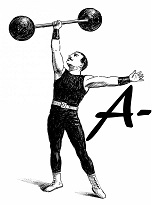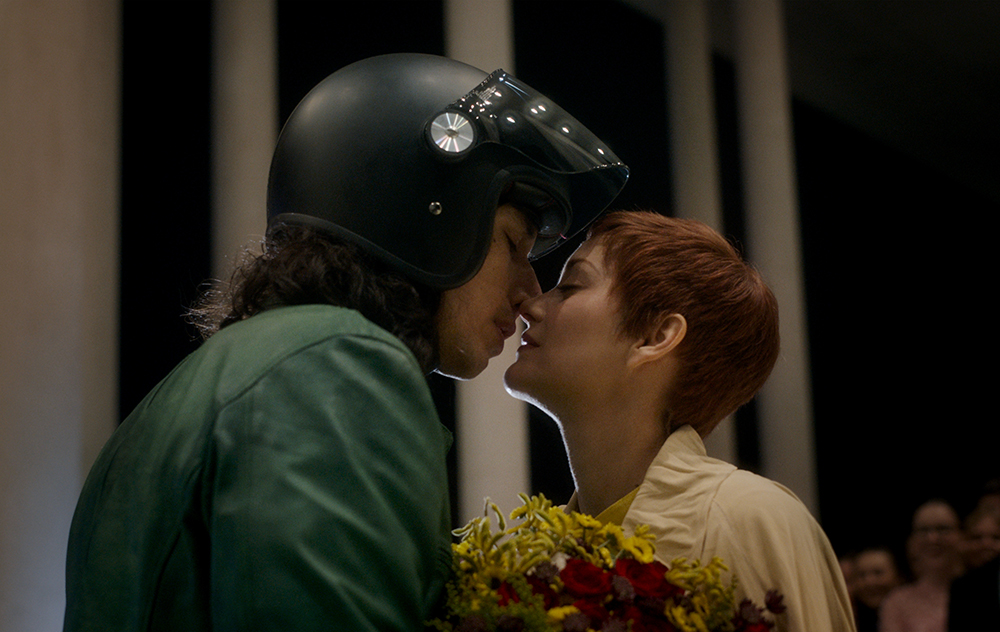Select cities can view “Annette” in theaters starting Aug. 20th. The film will also showing on Prime Video, as it is an Amazon Original.
“Annette” is an absurd and diverting musical like you have never seen before that will divide audiences to a great extent. It dwells in melancholy while it blushes through sarcasm, ending in an ardent, touching while warring, and incandescent piece of bizarre cinema that deserves to be seen.
Leos Carax is one of French cinema’s weirdest and most creative authors. Ever since his debut feature “Boy Meets Girl” (1984) was released, he has greatly impacted and inspired many directors thanks to his inventive style and evocative vision of the world. He blends surrealism, intricacy, and eccentricity with pure amusement to create a rather complex yet unique arrangement. He doesn’t make films as often as one would want, but he comes with something we have never seen before when he does. His works are highly referential; he takes notes from directors like Charlie Chaplin and Jean-Luc Godard, especially “Breathless” (1960) and “Contempt” (1963).
Like Godard, Carax even had a muse in his early works in one of the best French actresses working today, Juliette Binoche; she became what Anna Karina was for Jean-Luc. His previous project, “Holy Motors” (2012), was the one that brought him into the broader spotlight and was critically acclaimed. It was tremendously weird, weirder than any of his features combined, and difficult to interpret or dissect; yet it wasn’t too intellectually ambitious to throw you off completely. Nevertheless, he has movies like “Mauvais Sang” (1986) and “The Lovers on the Bridge” (1991) that kept a balance with themselves, whether it is between oddness and romance or the idealistic and the surrealistic.
Carax is mainly a romantic, although he perceives love in different shapes and forms. He likes to tackle the theme of love, more so love and its entanglements in the present day or the tortured depictions of love, romance in all its grace, pains, oddity, and miseries. It is interesting how he can turn a misfortune into an anguished call for true love or what may seem a sweet scenario showcasing intimacy turn itself into a vicissitude. There is also the sense of “love at first sight” and the contradiction of a tormented soul who believes that love is impossible. This time around, Carax delivers his first film in almost a decade; it is one of his most creative, visionary, and peculiar ones to date.
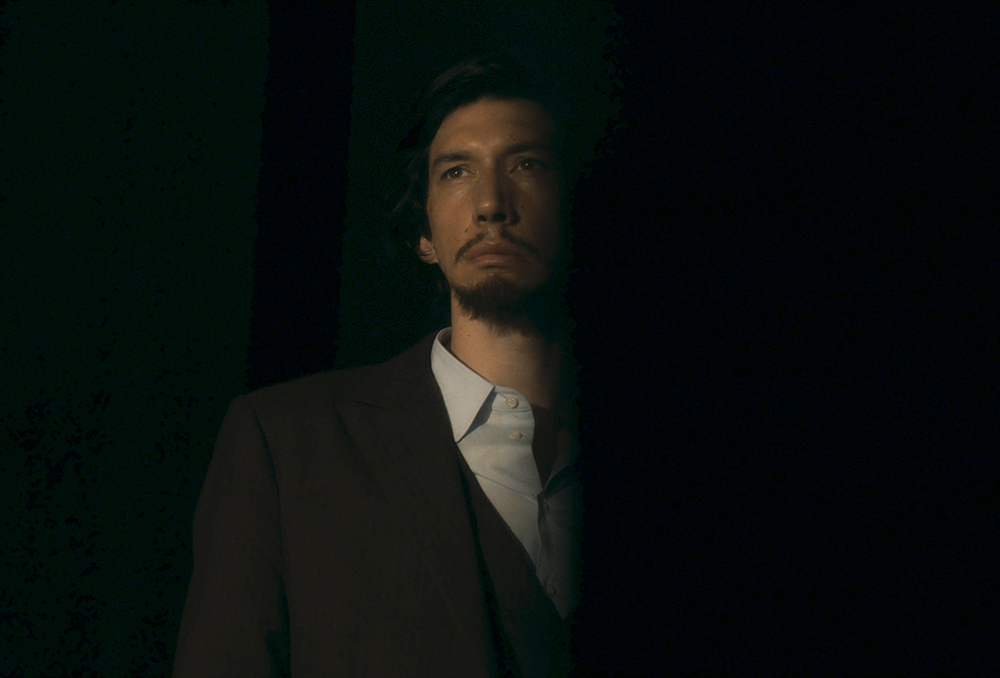
His new project is a whimsical, eccentric, provocative, and amusing while slightly pompous and kitschy rock opera that goes by “Annette.” Leos teams up with the band Sparks (Ron and Russell Mael), which were the subject of Edgar Wright’s recent documentary “The Sparks Brothers” (2021), to fabricate a piece of cinema that outdoes itself by the minute. This movie started as a Sparks narrative project and now, a few years later, it turned itself into the film that opened the prestigious Cannes festival where Carax won the award for best director. You will not be ready for what it has to offer and the different surprises that are about to come, those are some of its best aspects. So, may we start?
Set in present-day Los Angeles, this musical tragedy romp centers around a goading stand-up comedian with a cruel sense of humor, Henry McHenry (Adam Driver), who falls in love with an acclaimed opera singer, Ann Defrasnoux (Marion Cotillard). Under the spotlight, they form a passionate and beguiling couple that the whole world follows. When they have their first child, Annette, a little girl who has a tremendous and special gift, their lives and careers begin to change for the worse.
“Annette” is hard to explain or sell to someone who isn’t familiar to Carax’s filmography, since he always rides on the weirder side of filmmaking. The best way to describe it is like a dream, a hallucination, even a nightmare in the best way possible. Who would have thought that Carax would uncannily outdo “Holy Motors?” You even question why the film was ever made, yet are grateful that it does exist. It has the audacity to exist. It is many things; bizarre, incandescent, and heartfelt while still having a small dosage of pretentiousness. Even though it is ostentatious, you are garnered in that wondrous exploration of life, death, and love.
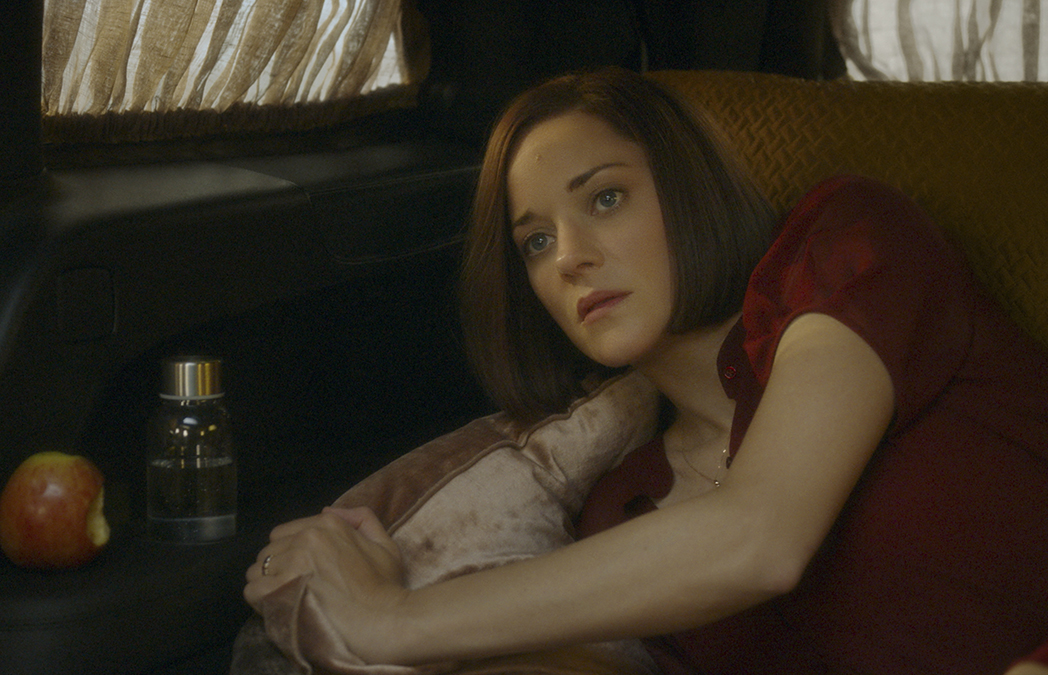
Buñuelian provocations with Fellini-esque surrealism all are blended up together with musical magic and the weird minds of Carax and Sparks. From the beginning, you are treated with musical delicacies that transcend whatever you were expecting before watching the movie. This takes place in Los Angeles but from another planet; the people react in strange ways that are non-humanistic, and the crowds interact with Henry McHenry’s on-stage shenanigans, singing and laughing along. Not every stylistic choice works, be that as it may, most of them do. It feels like a 4-D experience, especially that waltz in the storm we see in the poster. You feel the waves crashing, the lightning striking, and the tragedy reaching; this is thanks to Caroline Champetier’s gorgeous cinematography that lightens every scene with alluring enchantment.
When it comes to the performances, it yells at the audience that this is indeed Adam Driver’s show. He plays Henry McHenry as an auto-destructive, rage-filled, drunken man in a way nobody could’ve imagined; an angsty and toxic comedian who can’t seem to learn how to love. He commits fully to the role, even being a producer in the film. As he twirls around the stage and rides around in his motorcycle, he truly depicts the ‘Ape of God’ (which is the name of Henry’s comedy special). Driver devotes himself to whatever the film puts in front of him; he makes us hate Henry with all our guts, making his performance even more special as Carax intends that you do loathe him.
We already knew Marion Cotillard could sing, and, in this movie, she gets to showcase her operatic vocal chops while playing her role with sensibility and fragility. Ann is the character that displays love, care, and delicacy—the polar opposite of Driver’s Henry. The film has minor resemblances to Adam and Eve—as we see Ann eating an apple in a few scenes—but that resemblance goes away slightly after a few minutes into the picture. It mostly deep-dives into an “A Star is Born”-type story. As “Annette” progresses, Ann gets even more famous than ever; however, Henry alienates his audience, and his stand-up gets even more aggressive and resentful. It was always meant to end in a tragedy or a somber note. Dread tethers through each lyric, even in the “happiest” of songs or moments.
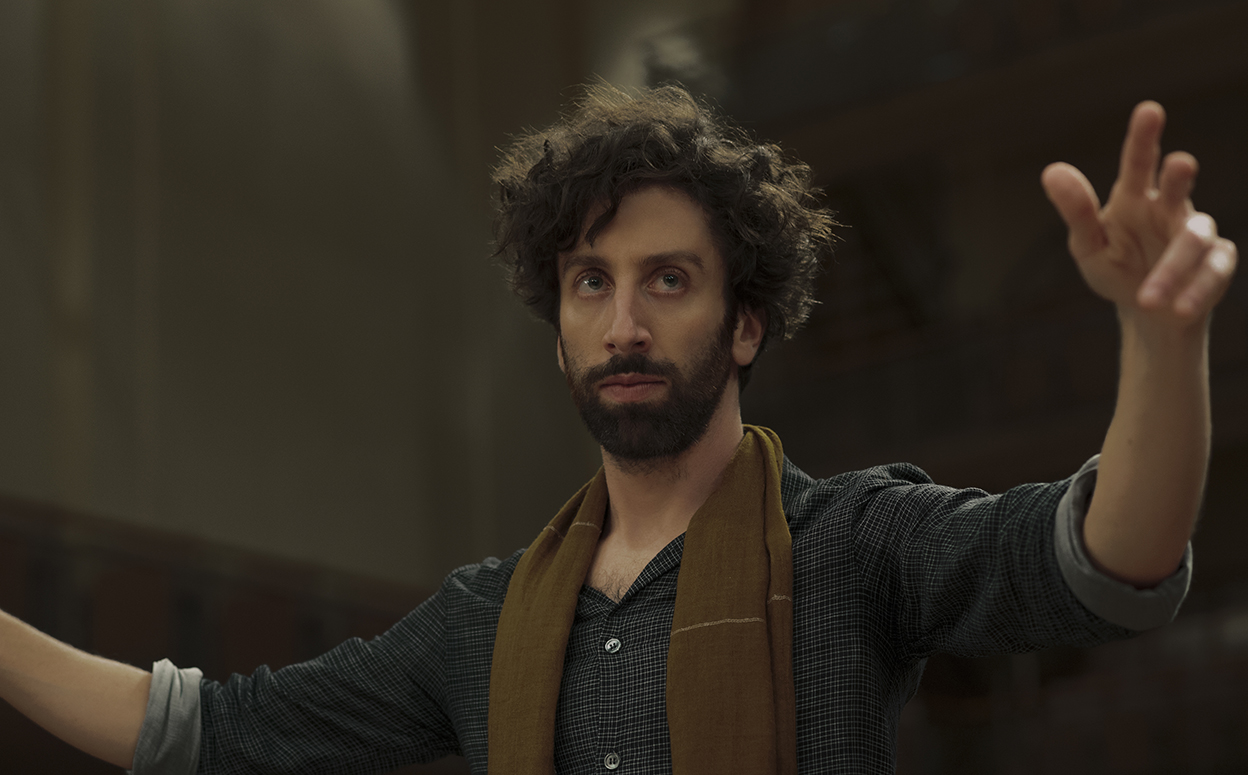
Simon Helberg also has his moments to shine, even delivering one of the best scenes in the film. His character, the jealous and under-appreciated ‘Conductor,’ delivers a monologue regarding doubts, Ann, and the future care for baby Annette while taking moments to excuse himself so he can conduct his orchestra. When he does excuse himself, the camera does a 360° swoop around the stage; and as the emotions in his words increase, the orchestra plays their instruments beautifully, each time playing louder and louder with a sensation of a pounding heart. It is weird to see Helberg in this different light that is non-sitcom; in just a few scenes, he lets us know that he is capable of much more than just witty remarks, blatantly conveying severe emotions in the shortest of scenes.
The songs are extremely catchy, albeit repetitive in their lyrics; hours after watching it, you’ll be tapping your feet as you remember a beat or lyric from one of them. You sense that it is Sparks who’s behind all this; their weirdness is behind every line, string, and percussion, whether it is Henry commanding his audience to laugh while his backup singers harmonize or when the famous couple sings that they love each other so much that they carol even when making love. The catchiest of them all is the intro track “So May We Start?,” which includes vocals from the entire cast and Sparks. The song also serves as a distraction from what is about to come; it is vibrant and uplifting that it takes you off guard.
It is interesting how Sparks poured their imaginative concept album onto the big screen. Like they do with their music, it varies different genres. The film ranges from synth-pop, pop-rock, and opera while still maintaining that musical essence that comes with the category. With the character of Henry, there’s also an exploration of stand-up, using Lenny Bruce and Andy Kaufman as his muses. However, his style of comedy is most like Bo Burnham’s. The way he implements music onto his comedy routine while keeping the audience involved with raunchy jokes and provocative songs is reminiscent of Burnham’s work. There is also auto-destructive energy in Henry’s routine that may as well fit into Burnham’s recent Netflix special, “Inside.”
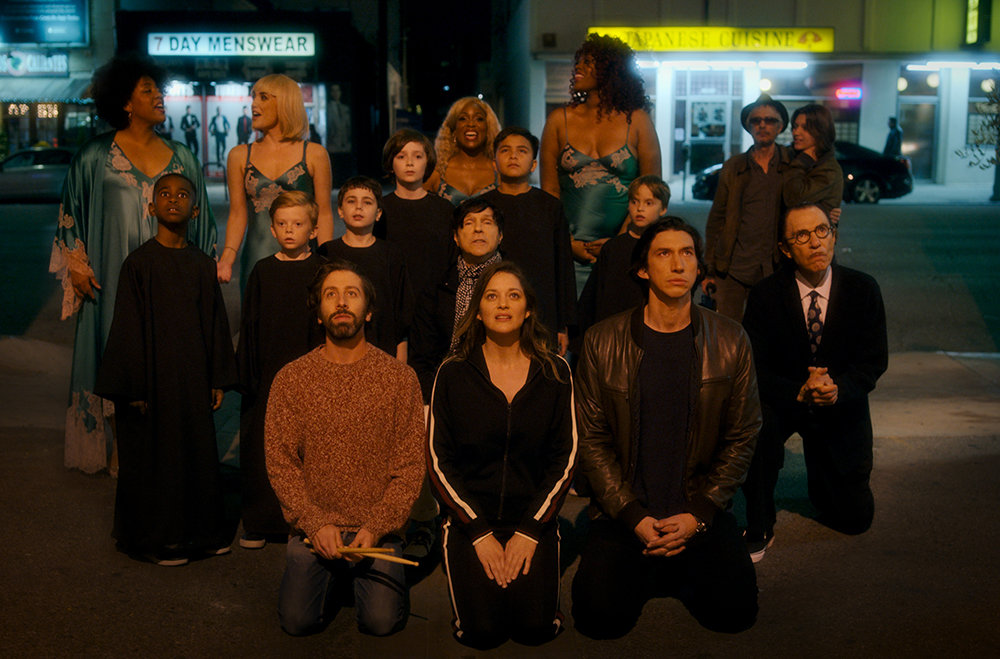
There are a lot of aspects that keep “Annette” from becoming great. The first being that it requires patience; it overstays its welcome a bit due to having a 140-minute runtime. Carax always takes his time; however, this one coul feel annoying if you are not fully involved with it. The second being that some scenes go on for too long, especially in the last act. And finally, Carax’s incredible mind. He is a director that has an imaginative mind, while it may not be for everybody. This goes hand-in-hand with the first point; it all depends on how far you are willing to go with its absurdity. Because of this discrepancy, “Annette” walks a fine line and could be perceived as a masterpiece or a complete mess.
By the first 20-minutes, you already know that this film is going to be divisive with audiences. Either you will go with the eerie sing-along romp and love it, or you will hate it. It is impressive how far Carax can go with his work, this being his most radical. There aren’t many directors who throw all their chips on the table to bring us unique and fascinating works. “Annette” isn’t his best by far nor isn’t his most engaging. Nevertheless, it is a musical that outdoes itself by the minute; it’s a fascinating film that makes you end up wanting more and more, even when it drags. I may not be for all audiences, but personally, I enjoyed every single minute of it.
